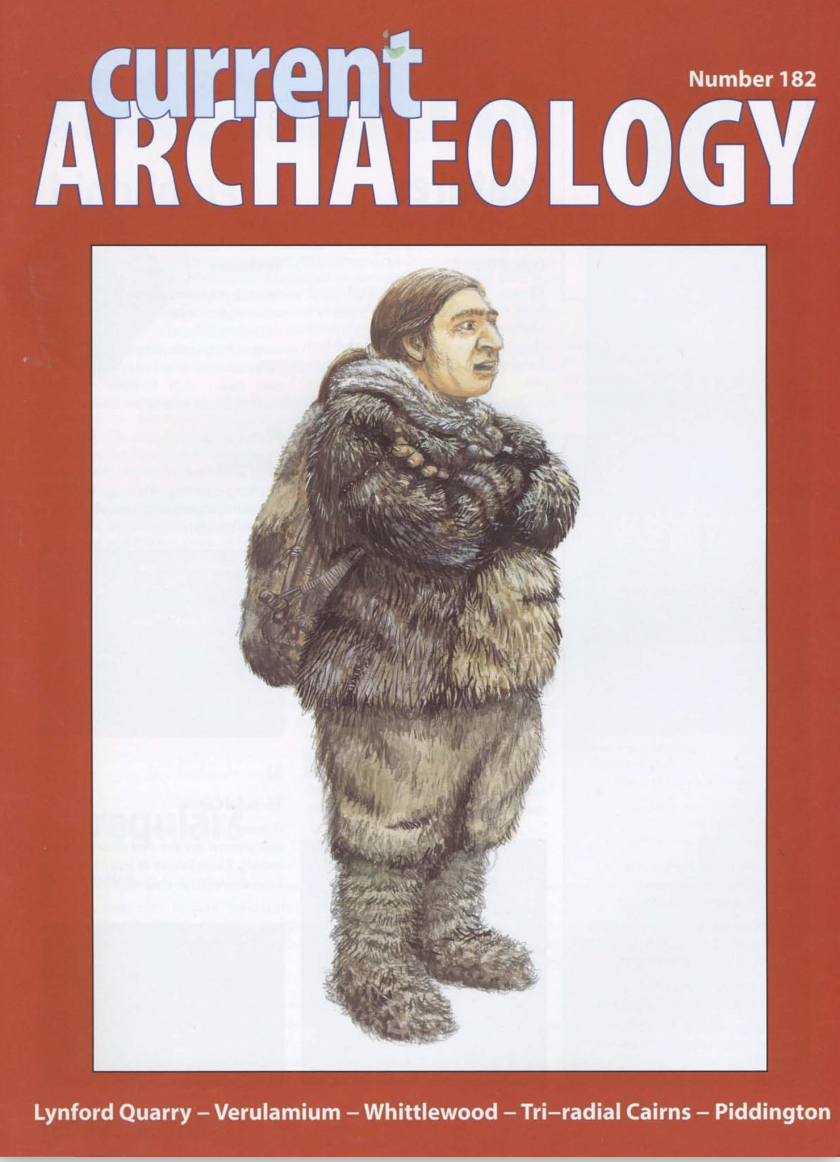Today it is a gravel quarry, but 60,000 years ago it was a watering hole on the desolate plains of Ice Age Norfolk where Neanderthals butchered mammoths and woolly rhinos. At Lynford Quarry, archaeologists discovered an ancient water channel filled with bones, tusks and mint-condition handaxes. What was life like in the treeless tundra?
We think of medieval villages as having a manor, a church and a row of peasant houses. But how common was this? In the Whittlewood project – direct successor to Wharram Percy – archaeologists and historians are asking why some sites developed into villages – but others did not. We asked Chris Dyer and colleagues to fill us in on the early results.
Then we turn to Verulamium for a detailed look at changing funerary fashion in Roman Britain. Ros Niblett’s survey includes a spectacular Iron Age chieftain’s cremation just after the conquest, the humble graves of ordinary townspeople in the second and third centuries, and a new discovery in the local countryside of a villa owner’s family plot where the dead went to the underworld with top-class decorated bronze pitchers.
We stay with the Romans to get an up-date on Piddington villa. The big surprise is a timber ‘proto-villa’ which fills the gap between the Iron Age and the Roman conquest and the first phase of the villa proper around AD 100. And there is a superb small-find: a Roman folding pen-knife with a bronze handle in the form of a gladiator (right).
The rituals of death are again the theme in our last feature – this time in Early Bronze Age Northumberland. Amateur archaeologists have discovered a strange new type of stone cairn. Dubbed ‘tri-radials’, they are quite different from the ordinary cairns found around them. Were they prehistoric sun temples used to mark the transition from the world of the living to that of the ancestral spirits?
Finally, in our News section, we report on two Roman inscriptions, one set up by an official ‘of the Londoners’, the other a milestone found near Pontefract, while Susan Youngs from the British Museum debates the Sutton Hoo hanging bowl.

